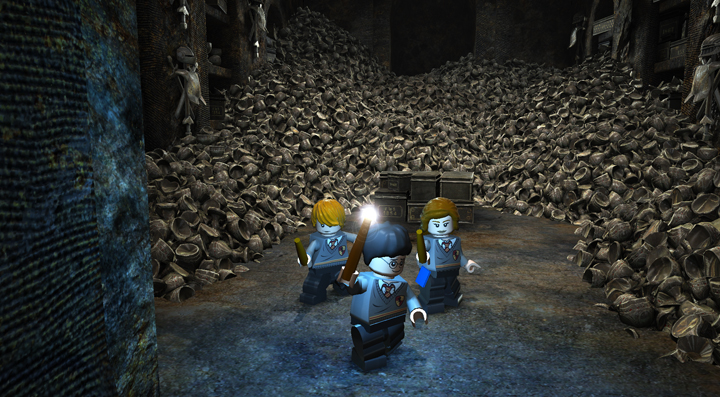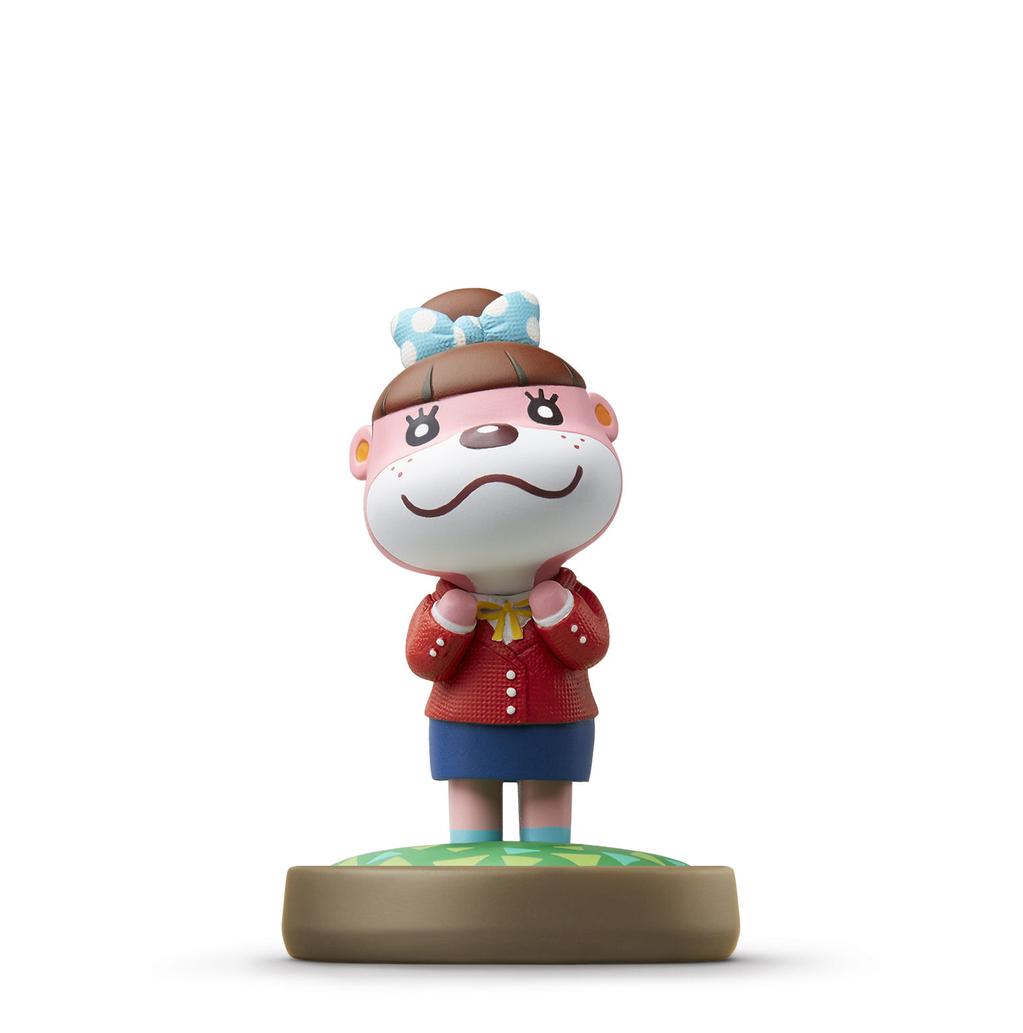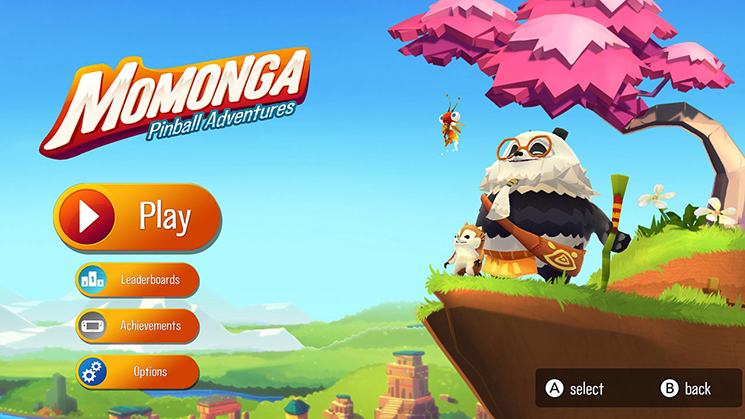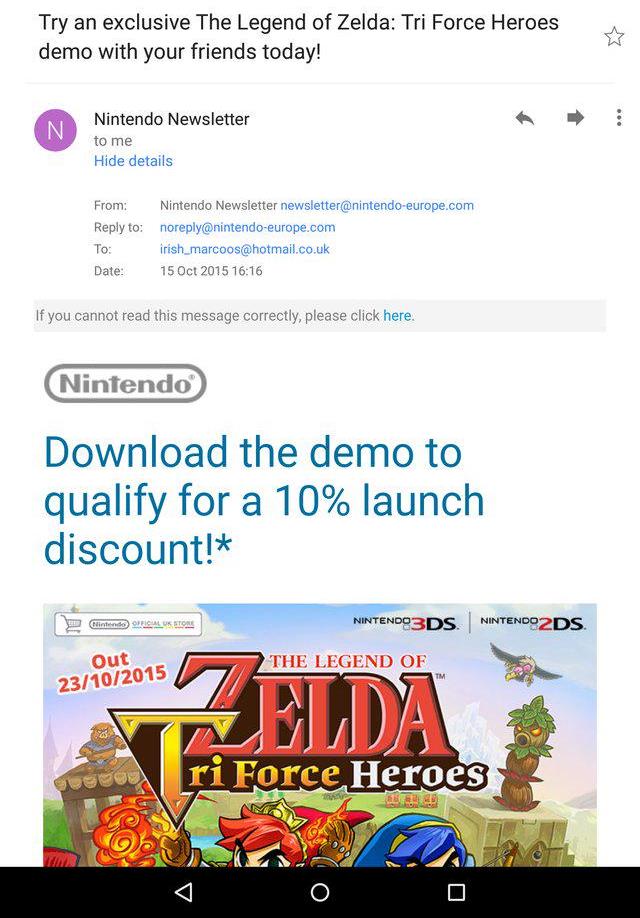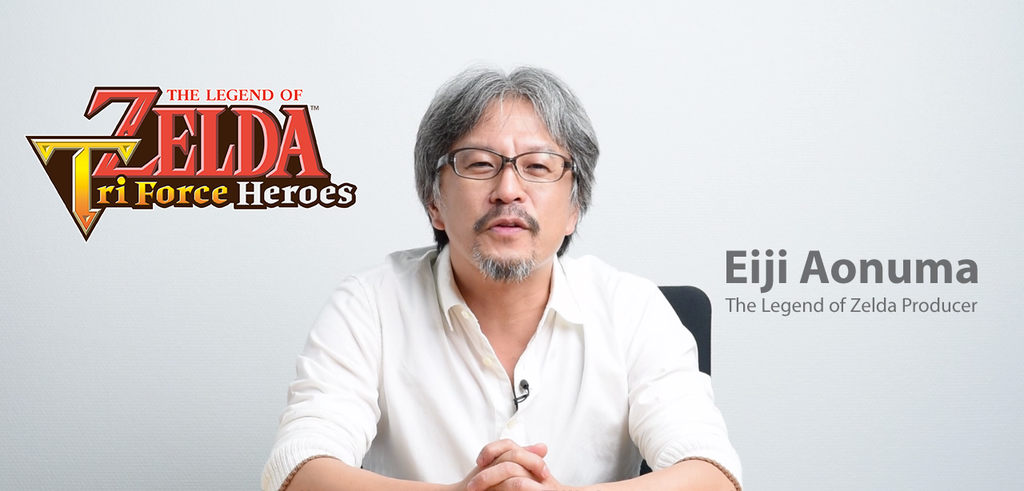More franchises coming to LEGO Dimensions may have been unearthed via website pages. By modifying the URL of product pages on LEGO.com with certain initials, fans have been finding product numbers for unannounced sets.
A few initials have been spotted thus far. These include HP (likely Harry Potter), AT (possibly A-Team), MrT (Mr. T), and KR (perhaps Knight Rider). Other initials are MI (perhaps Mission Impossible or Monkey Island), FB (could be the Harry Potter spin-off Fantastic Beasts) and ET (ET).
On one of its Twitter accounts, Best Buy announced a new amiibo exclusive for Canada. The Animal Crossing figure Lottie will only be sold at this retailer in the country. Pre-orders are live here.
Will Lottie be exclusive to Best Buy in the United States as well? Only time will tell!
#amiibo fans! #Lottie is officially a Best Buy Canada exclusive! Pre-order in-store & online today at 10am PST! pic.twitter.com/7PdWabbom0
— RZ Gamers Club (@BBYC_GamersClub) October 15, 2015
Capcom has updated Monster Hunter Diary: Poka Poka Airou Village DX with a new costume from Animal Crossing. This can be obtained via a quest. Before players can begin the quest, they’ll first need to make friends with the postman and expedition quest receptions.
Momonga Pinball Adventures is out today on the North American and European Wii U eShops. Additional footage from the game can be found below.
Yesterday, Nintendo started sending out demo codes for The Legend of Zelda: Tri Force Heroes in Europe. We’re now hearing that these codes are being distributed in Europe as well. If you’ll be getting a code from Nintendo, expect it to hit your inbox soon!
One important thing to note: it looks like those who download the demo in Europe will be entitled to a 10 percent launch discount for the full game. This offer will be valid on the eShop.
Final Fight One is launching today on the North American Wii U Virtual Console. Watch the official trailer from Nintendo below.
Super Mario-kun, a manga series from CoroCoro Comic, has been seeing publication since 1991. It’s now been revealed that Super Mario Maker will be adding a costume based on the series.
In Japan, Super Mario-kun author Yukio Sawada will be coming out with a Super Mario Maker course on November 6. It’s unclear when exactly the costume is joining the game.
Super Mario-Kun is the third new costume coming to Super Mario Maker. Last month, we heard about plans to add in Famitsu mascot Nekki. It was also announced a couple of weeks ago that GameCenter CX’s Shinya Arino will be receiving his own costume.
A few days ago, Nintendo shared a 15-minute video in which Zelda producer Eiji Aonuma played through Tri Force Heroes. Nintendo of Europe has now uploaded a new version with English subtitles, which we have below.
